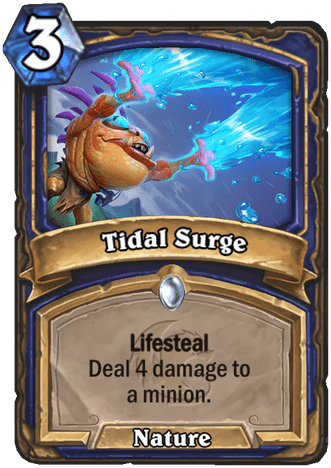

The present review focuses on water level resulting from mean sea level, tide and surge (atmospheric surge and wave setup) and investigates how this water level can be altered by interaction processes occurring between SLR, tides, storm surges, waves and flooding. ( 2015) show that taking into account the interactions between mean sea level, tide and atmospheric surge leads to a 50-year return still water level 12 cm larger than when these interactions are neglected, corresponding to a doubling of the frequency of 50-year return still water level obtained neglecting the interactions. For instance, using a numerical modeling approach, focusing on the German Bight area (SE of North Sea) and assuming a sea level rise of 0.54 m, Arns et al. However, some studies show evidence that these interactions can represent a significant part of water level changes. Such an approach relies on the underlying assumption that there is no significant nonlinear interaction between contributions to water level variability, such as SLR, tide and surge. Such changes in mean sea level will produce significant societal impact.Ī widely used approach to account for mean sea level changes in flood hazard assessment is to linearly add the sea level rise to selected still water level scenarios to estimate the flood hazard. 2013b) and is likely to reach several meters by 2200 (Kopp et al. Importantly, sea level will continue to rise beyond 2100 (Church et al.

2013b), which does not preclude more extreme scenarios (Church et al. As a consequence, probabilistic projections of future coastal water levels and flooding should identify whether interaction processes are of leading order, and, where appropriate, projections should account for these interactions through modeling or statistical methods.Īccording to the IPCC 5th Assessment Report, the likely range of future global mean sea level (GMSL) for the high emissions scenarios is + 0.5 to + 1 m by 2100 (Church et al. Depending on the type of environments (e.g., morphology, hydrometeorological context), they can reach several tens of centimeters (positive or negative). The investigated interactions exhibit a strong spatiotemporal variability. Based on a literature review, the orders of magnitude of these interactions are estimated in different environments. The main mechanisms of interaction are identified, mainly by analyzing the shallow water equations. This study investigates how coastal water level can be altered by interactions between SLR, tides, storm surges, waves and flooding. Knowledge of the water level changes at the coast resulting from the mean sea level variability, tide, atmospheric surge and wave setup is critical for coastal flooding assessment. Coastal areas epitomize the notion of ‘at-risk’ territory in the context of climate change and sea level rise (SLR).


 0 kommentar(er)
0 kommentar(er)
